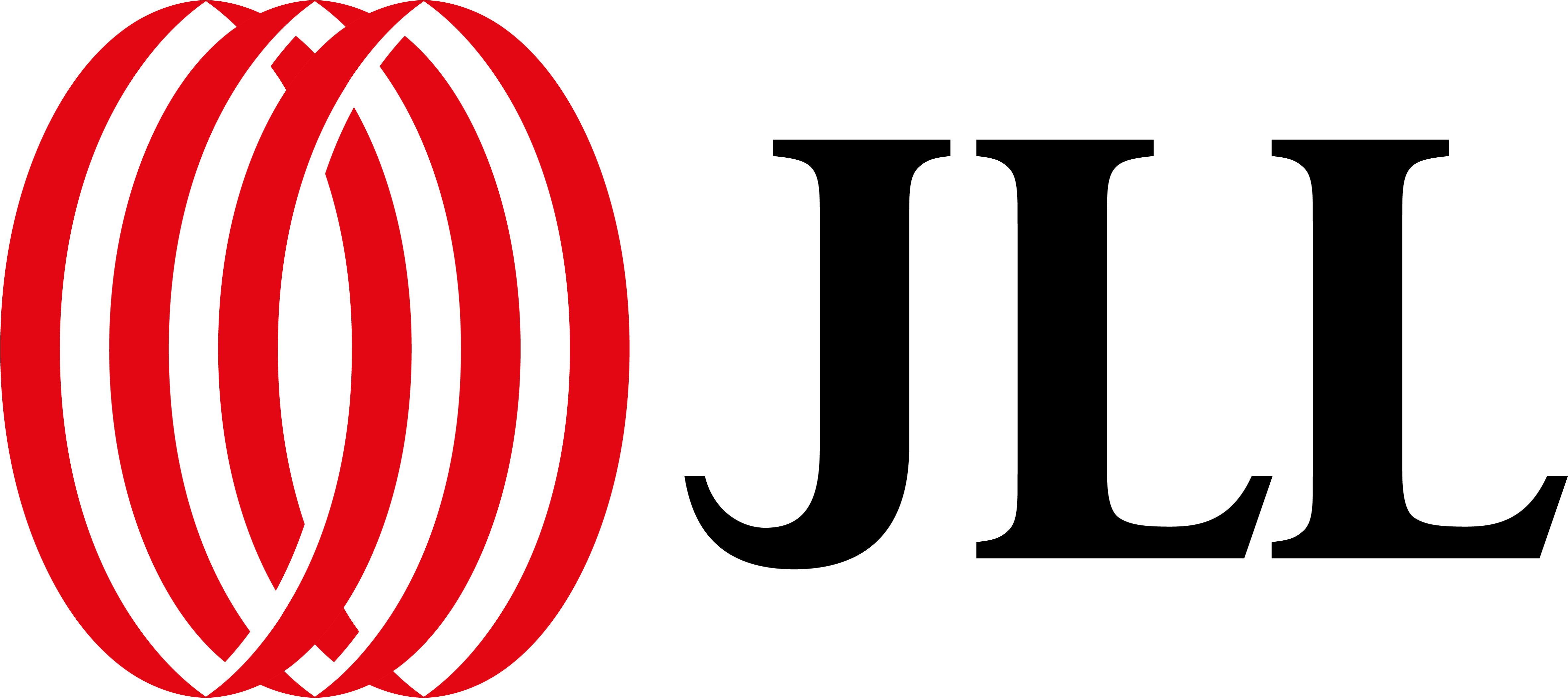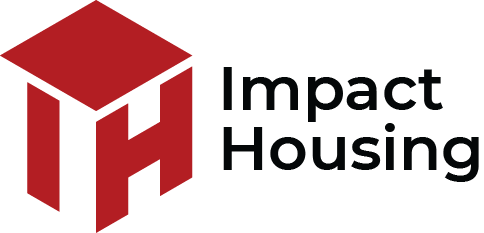
JLL Uses Smartsheet to Bridge Corporate Systems and Build Stronger Client Relationships
With Smartsheet, JLL can manage projects from pipeline development to renovation and close of construction, sharing real-time updates with key stakeholders at both JLL and the client company.
Like many large global enterprises, corporate real estate leader JLL has invested significant resources to create customized data solutions to manage the company’s portfolio of work. But when a major commercial client asked not to use JLL’s system because of interoperability challenges with its own proprietary project management technology, JLL needed another tool to pull data and manage program oversight and reporting. The client recommended Smartsheet to bridge this digital divide. Today Smartsheet has proved to be more than capable of streamlining the process of sharing and tracking large volumes of real estate project data between the two companies.
“We are executing construction projects across the nation,” says Betsy Solomon, account operations lead at JLL. “What we are managing is the overall pipeline and collaboration within the client organizations, from their real estate legal team to the execution team to the strategy team. We make sure that everybody has access into the pipeline of work we're currently executing, as well as one to two years in the future, and what we've done in the past.”
Solomon and associate project manager Becca Fecht work closely with their global client to manage a long list of commercial properties, from the start of the acquisition process through to renovation, development, and close of construction. At any point, they need to know the status of project details such as general contractors’ performance, building permits, compliance with applicable municipal or regional regulations, status of the property pipeline, and more. And they need to be able to share relevant information with several teams within both JLL and the client organization.
“The trend over the last couple years for most industries is information: data and analytics,” Solomon says. “What can we do with all the data that we're gathering, and how can that be useful in our projects? And the mindset that’s permeating the industry right now is to train people to go to the source of the data versus having us produce the data and send it out.”
To make crucial data easily accessible to the full range of people who need it, Solomon and Fecht pull information from the client’s system into a Smartsheet solution that features timeline alerts, dashboards, and more. The Smartsheet capabilities allow Solomon and Fecht to capture the smallest details, aggregate them into comprehensive views, and use dashboards to share them in near-real time with stakeholders.
“It eliminates the pull of information,” Fecht says. “We’ve already pushed it all out and they can just access it. Before, we were getting one-off requests; now that it’s in the dashboard, we can just refer them to that. That’s been helpful in reducing the number of emails that are going back and forth.”
Before using Smartsheet, Solomon and Fecht were compiling data in spreadsheet workbooks and distributing weekly and monthly updates. Today the client data captured in Smartsheet is up-to-the-minute, and all users can get accurate information from a single source. With the time that Solomon and Fecht used to spend on spreadsheet updates and reporting, they can focus on strategic guidance and oversight of the client’s portfolio of projects. Solomon admits that she was worried about losing control of the data, but in fact she has gained insight and visibility — and has provided greater visibility and ownership for the teams that most need it, while streamlining timely communication across both organizations.
“It really stressed me out to think that I was going to be opening up the data source to the 225 users we have on our primary Smartsheet, but I was surprised,” Solomon says. “I think one of the biggest wins for Smartsheet was that the client was able to get different groups that were siloed within their own company to start collaborating more effectively, which was having a positive impact on the projects we were executing.”
Solomon and Fecht have been able to step back from simply reporting out data and look more closely at what the numbers are telling them. They can look across the whole portfolio and see whether there are too many project starts scheduled for a particular time period, which could lead to bottlenecks during client review stages. They can drill down to see whether work is moving at an appropriate pace in a particular region, or zero in on specific sites to find out why construction is behind or ahead of schedule. Automated workflows let them direct potential problems to the right people at JLL or in the client’s legal or execution teams, early enough to prevent major project delays.
Smartsheet has also streamlined reporting to both client and JLL leadership. Solomon and Fecht can provide their own insights, supported with Smartsheet views that are easy to understand and drill down into. Because documents and images can be uploaded into the project tracker, it’s easy to back up assessments and recommendations with hard facts — and move more quickly from analysis to action.
“Numbers don’t lie,” Solomon says. “If they’re able to see the numbers and they’re able to see the data, you don’t have to spend the time having the conversation about why are we here; we can get to the part about how can we solve this. They’re starting to see some of the possibilities, and now they’re hoping that we’ll take the data and keep giving them more.”
For more information about Smartsheet, visit www.smartsheet.com.
For more information about JLL, visit www.us.jll.com.











